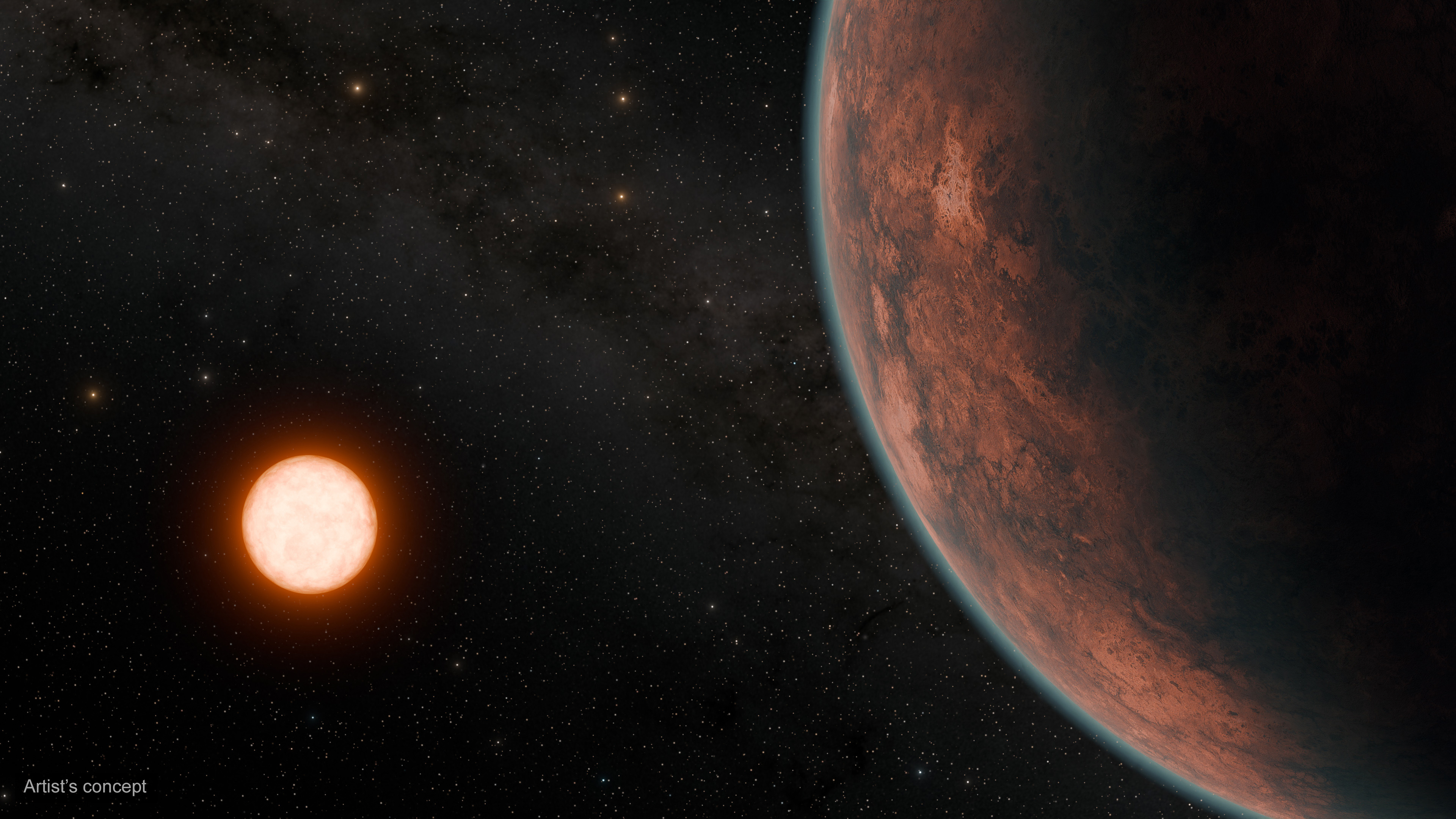A planet for Big Daddy Bear?
Based on data from a.o. TESS a recent May 2024 paper on the earth-like exoplanet Gliese 12b heavily hit the world press, being announced as one of the best candidates for a potential rocky planet harbouring life.

The statistics at least sounds promising: Diameter between those of Venus and Earth, amount of radiation from it's red parent star less than what Venus experiences and close to the inner edge of the Goldilocks Zone, causing an average surface temperature of 42°C. Compared to Earth (average temperature around 14°C) it is a bit hot, perhaps suitable for the oatmeal porridge of Big Daddy Bear. Astronomers still do not know if the planet has an atmosphere, making Gliese 12b a sure candidate for further observations with both earth based telescopes and the James Webb Space Telescope. With a distance of 'only' 40 light years the discovery makes Gliese 12b the up to now closest earth like exoplanet. Speaking against the possibilites for life is that the host star Gliese 12 is a 7 billion years old red dwarf, and those are usually quite unstable neighbours; especially as the exoplanet orbits the star with a distance of only 0,07 astronomical units (7% of the Sun-Earth distance) , causing a 'year' of only 12,8 days.
The new results from the NASA TESS satellite come from researcher teams at the Centre for Astrophysics, University of Queensland and the Astrobiology Center in Tokyo.
As of September 2020 Wikipedia lists 24 'superhabitable exoplanets' with expected conditions as good as or better than those on Earth. Gliese 12b is just marginally a candidate to this list, but much closer than any of the others.
If the exoplanet has an extended atmosphere, the surface temperature is expected to be significantly higher, making the porridge too hot even for a hungry Daddy Bear.
